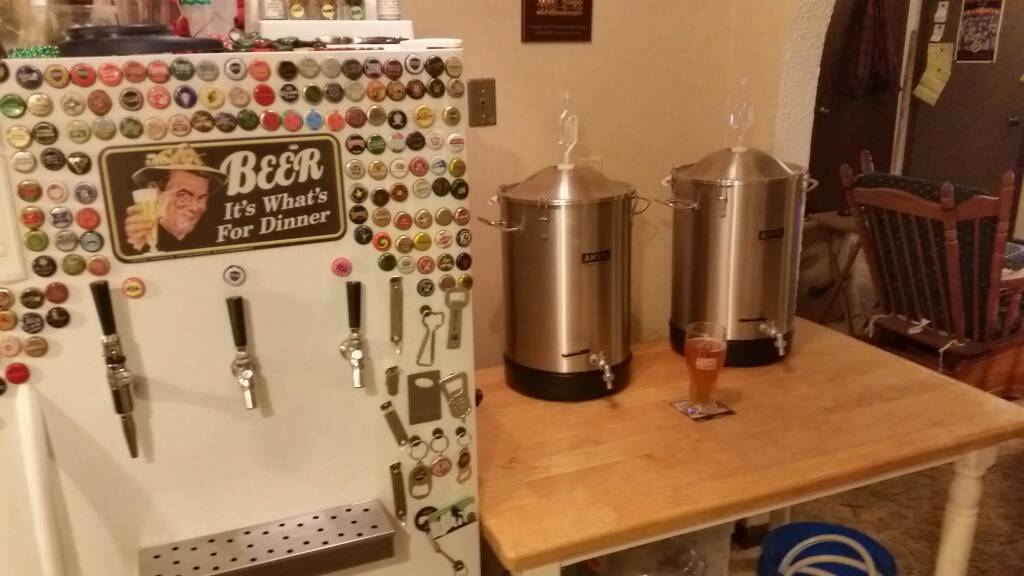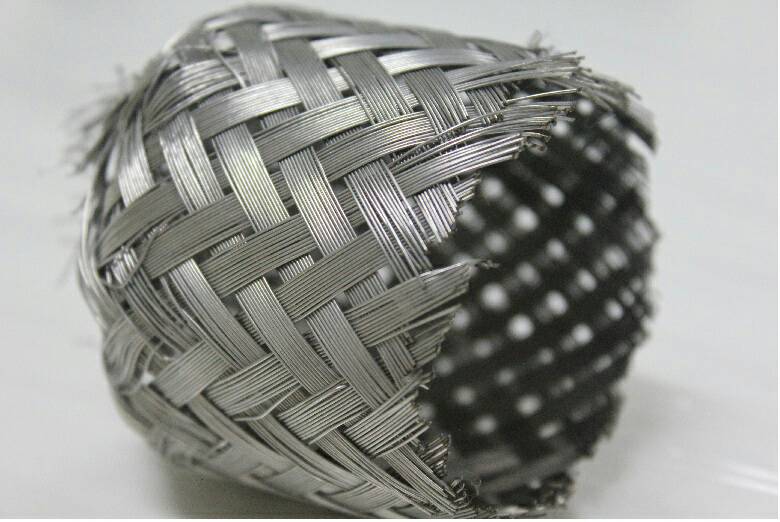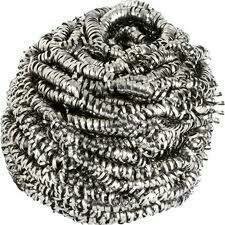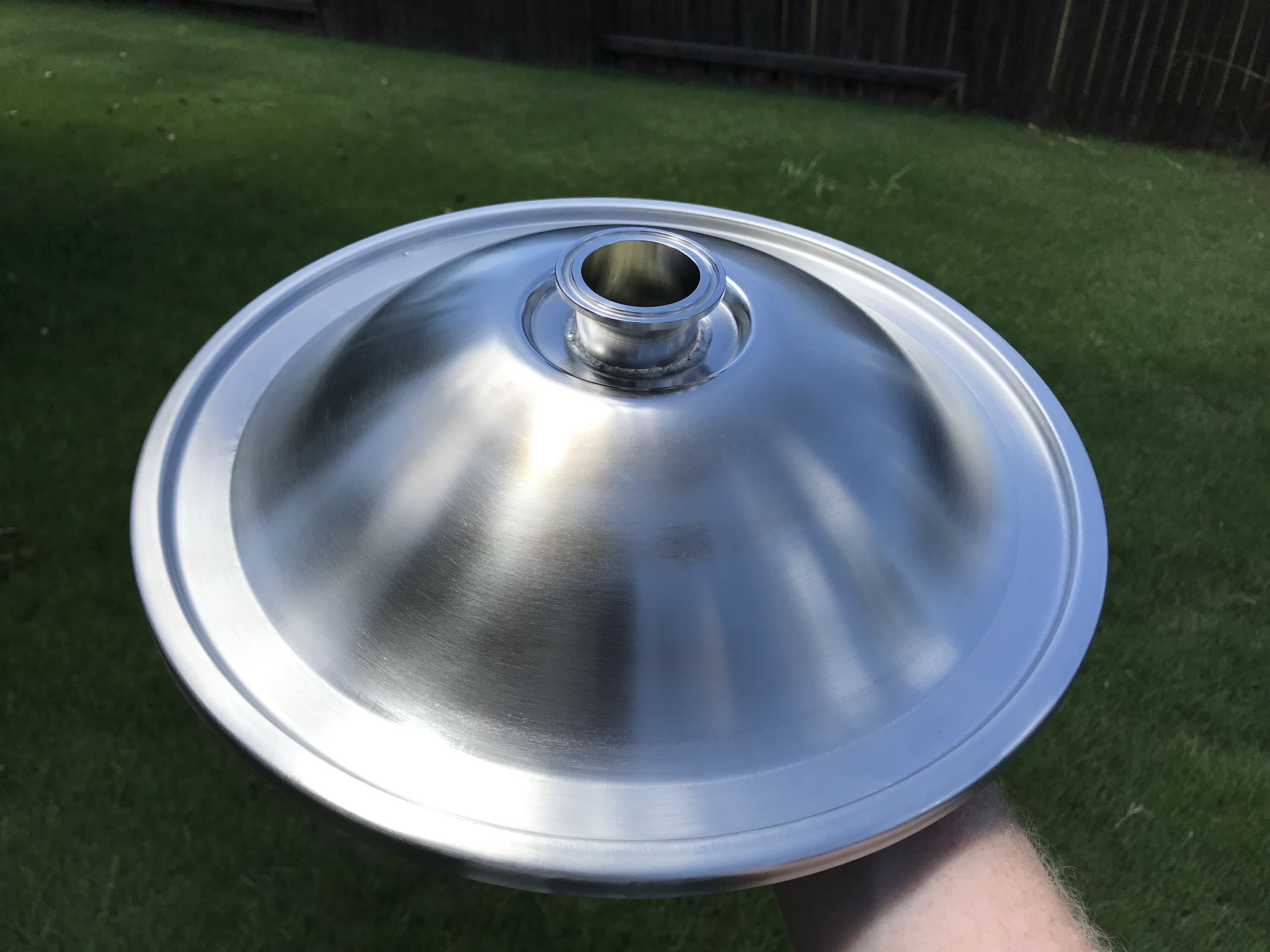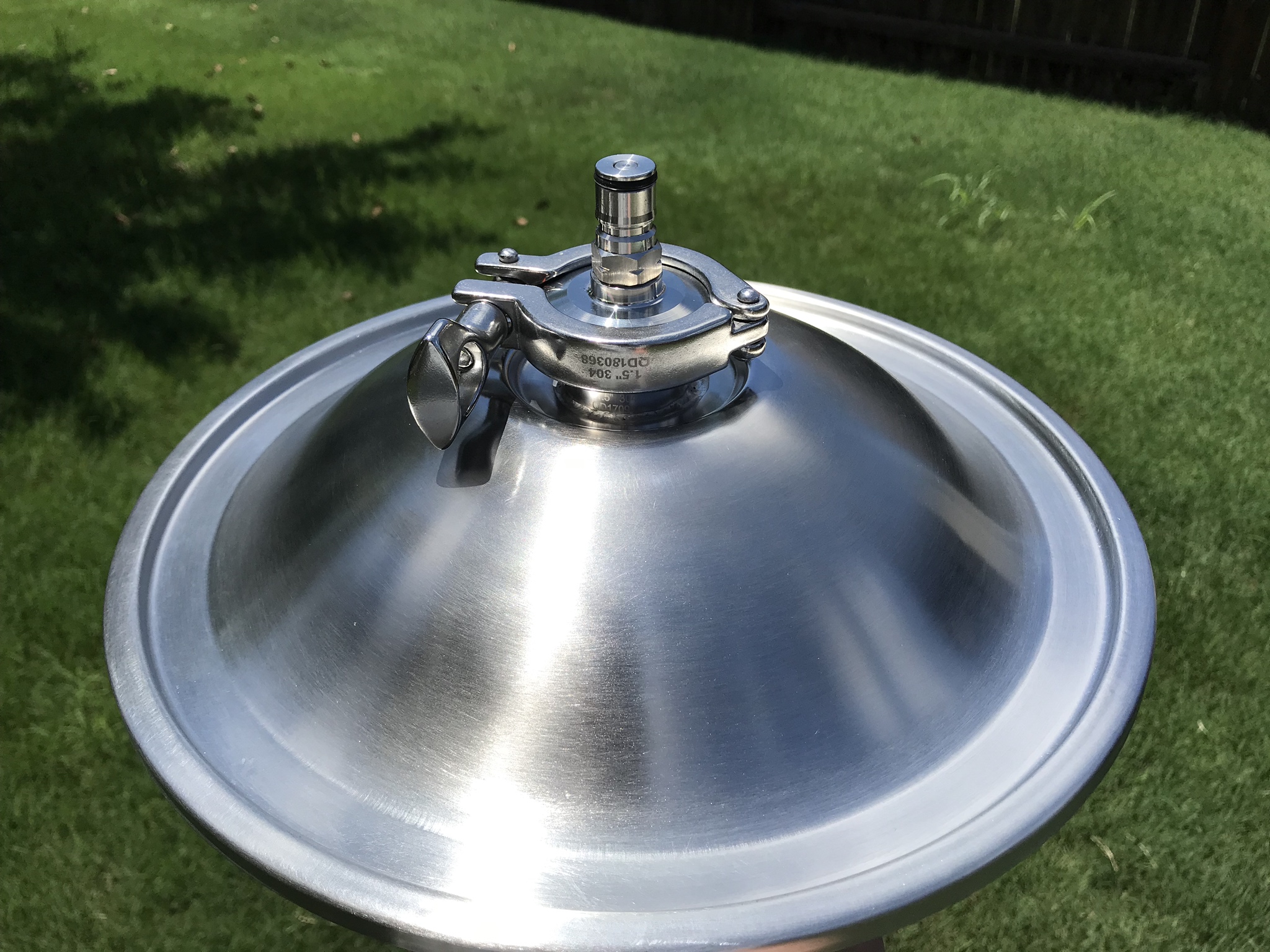No, the gas post is connected to a tube that is connected to the airlock attached to the fermenter. I actually don't use an airlock but instead a carbcap that's jammed into a stopper, but its all the same.
If you're transferring from a fermenter with a spigot, you can attach a hose from the spigot to the liquid out post. That presents two problems. First, assuming you've purged the serving keg with co2, you've got positive pressure in there and the beer won't flow. Second, as the beer leaves the fermenter, air fills the headspace, potentially oxidizing the beer. If you look at Kingmatt's picture, he solves #1 by venting the keg, and #2 by sending CO2 from the tank into the fermenter headspace.
What I propose is that you take Kingmatt's setup, but remove the CO2 tank and instead connect that gas line to the gas post on the keg. Now when you open the valve on the fermenter, the beer will flow into the keg via gravity, and the gas in the keg will flow into the fermenter headspace.
The benefits I've found are that I (1) save some co2; (2) don't have to monitor the pressure in the fermenter that's not rated for pressure; (3) simplicity--one less piece to deal with (the co2 tank).






![Craft A Brew - Safale BE-256 Yeast - Fermentis - Belgian Ale Dry Yeast - For Belgian & Strong Ales - Ingredients for Home Brewing - Beer Making Supplies - [3 Pack]](https://m.media-amazon.com/images/I/51bcKEwQmWL._SL500_.jpg)
























































